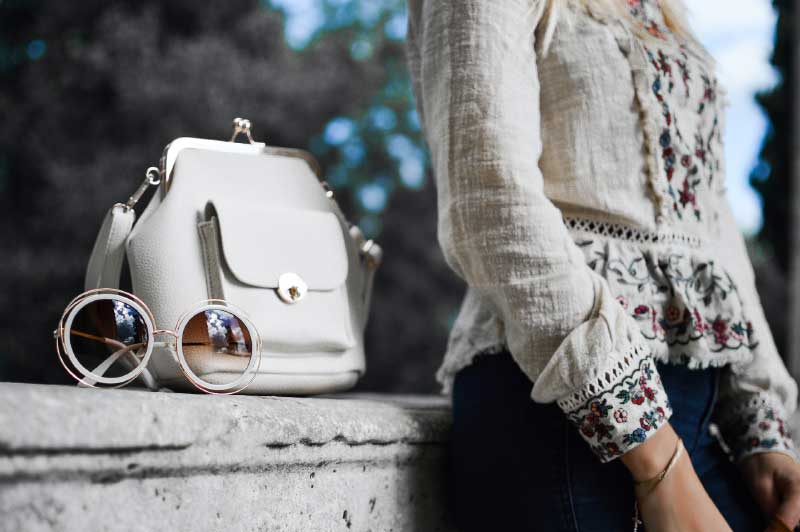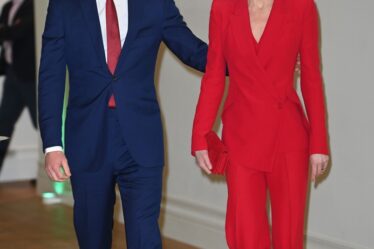

Fashion has always been integral to human culture and expression, evolving and adapting over time. Historical events have significantly shaped fashion trends and styles, reflecting societal changes, politics, and technology. In this article, we will take a fascinating journey through time to explore how various historical events have influenced fashion and how we got to the era of baggy pants and oversized hoodies.
Ancient Civilizations and Fashion
Ancient Egypt
Religion and social status heavily influenced ancient Egyptian fashion. The elite wore elaborately embroidered linen garments, while the commoners wore simple tunics. The discovery of Tutankhamun’s tomb in 1922 led to a revival of Egyptian-inspired fashion in the 1920s, with motifs such as scarab beetles and hieroglyphics incorporated into contemporary designs.
Ancient Greece and Rome
The ancient Greeks and Romans were known for their draped clothing, such as the chiton and the toga. These garments showcased the beauty of the human body, as well as the wearer’s social status. The influence of Greek and Roman fashion can still be seen today in modern evening gowns and wedding dresses.
Fashion in the Middle Ages
The Byzantine Empire
The Byzantine Empire, which spanned from the 4th to the 15th centuries, significantly influenced fashion. Luxurious textiles such as silk and gold-threaded brocade created opulent garments adorned with intricate embroidery and embellishments.
Medieval Europe
During the Middle Ages in Europe, the feudal system and the Catholic Church influenced fashion. The Sumptuary Laws were implemented to control the display of wealth and maintain social order. The Crusades introduced Europeans to Eastern textiles and styles incorporated into European fashion.
The Renaissance Period
The Renaissance was a period of artistic, intellectual, and cultural revival in Europe that significantly influenced fashion. Clothing became more fitted, emphasizing the human form, and the use of elaborate fabrics, such as velvet and brocade, became more widespread. This period also saw the rise of the ruff, a different collar that would remain popular for several centuries.
The Victorian Era
The Victorian era, named after Queen Victoria, was a time of rapid industrialization, social change, and fashion innovation.
The Crinoline Period
The crinoline, a giant hoop skirt, became popular in the early Victorian era. This voluminous garment reflected the era’s emphasis on modesty and the ideal of the “hourglass” figure. The crinoline’s popularity eventually waned as it became cumbersome and impractical.
The Bustle Period
Following the crinoline, the bustle became a prominent fashion trend in the late Victorian era. The bustle, a padded or structured undergarment, accentuated the wearer’s posterior and created a dramatic, curvy silhouette. This period also saw the introduction of the corset, a garment that tightly cinched the waist and further emphasized the ideal hourglass figure.
The Roaring Twenties
The 1920s, also known as the Roaring Twenties, was a time of significant social and cultural change, particularly for women. As women gained more freedom and independence, fashion became more practical and comfortable. The iconic flapper dress reflected this newfound freedom with its short hemlines and loose fit. In the 1920s style, geometric patterns and bold colors reflect the influence of the Art Deco movement.
Fashion during World War II
During World War II, the rationing of materials such as silk, nylon, and wool profoundly affected fashion. This led to the creation of more practical and resourceful clothing designs. Utility clothing was introduced, with a focus on simplicity and functionality. The war also influenced the rise of the “New Look” by Christian Dior in 1947, which featured cinched waists, full skirts, and an emphasis on femininity as a response to the austerity of wartime fashion.
The 1960s and the Youthquake
The 1960s was a decade of social, political, and cultural change, often called the “Youthquake.” Young people began to drive fashion trends, with styles such as the miniskirt, the shift dress, and bold, psychedelic prints becoming popular. This period also saw the rise of influential designers like Mary Quant and Pierre Cardin, who helped redefine fashion for a new generation.
Wrapping Up
Throughout history, fashion has been significantly influenced by various events and cultural shifts. The evolution of style has been a fascinating reflection of the world around it. By examining these historical events, we understand the complex relationship between fashion, culture, and society.

